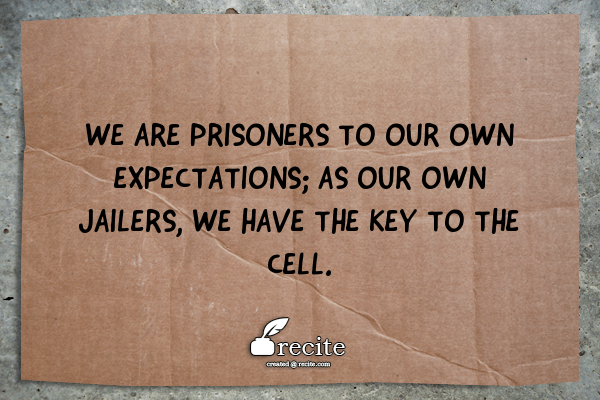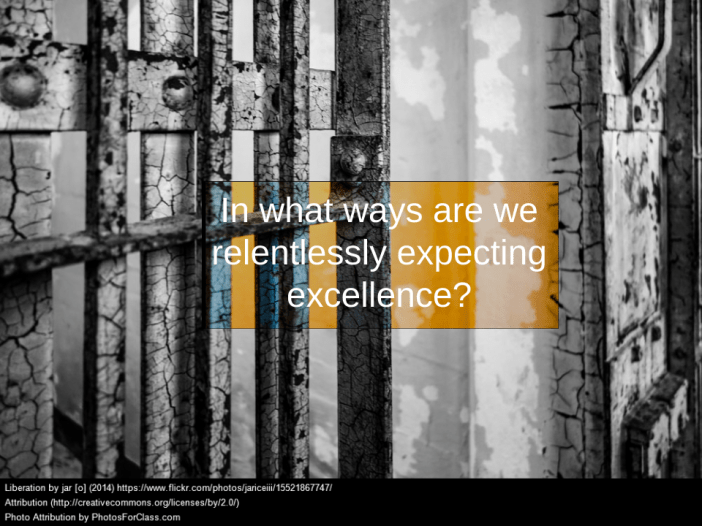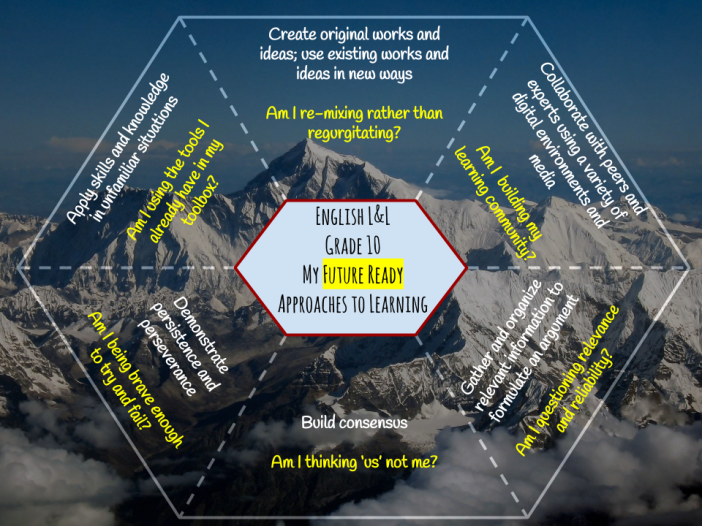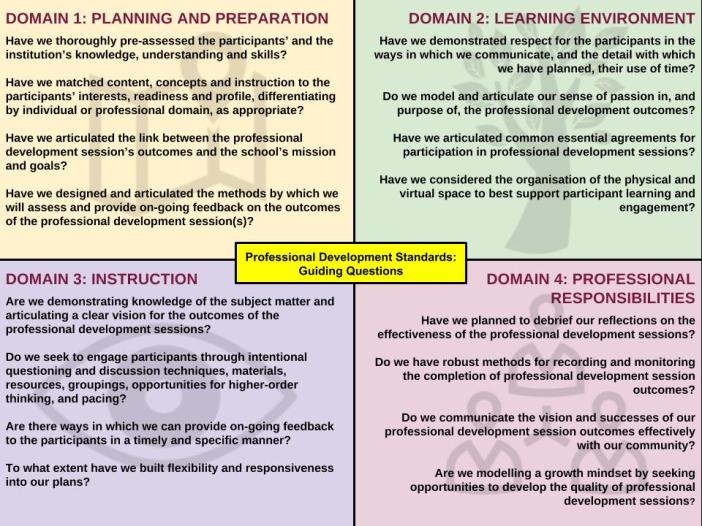I have completed my first year in school leadership. Hmmm. It has been some ride. I’ve likened the daily experience to being akin to inelegantly clinging to a bucking bronco while riding on top of a runaway steam train.
Oddly, given the analogy, I’ve felt thoroughly energised and engaged by the whole experience. My constant, lingering concern though is how to get better, how to serve the students, teachers and parents who, quite rightly, would prefer competent, inspiring leadership, not naive mediocrity.
Rather than conducting a post-mortem of the year by reflecting using one of the many dense, multi-layered leadership rubrics out there (Google it – there are many!), I’m going to look ahead, feed forward. To do this, I need something straightforward to hold onto – an essential question, some key principles – for when the bronco bucks and the engine fires up, as they both surely will.
And so, in the simplest possible terms, everything required of good school leadership can be seen through the lens of learning. There lies the essential question that I’m going to ask of myself this year:
To what extent can I further develop a culture of habitual learning (students, staff) by better contributing to the daily practices, systems, protocols and organisational structures that support this?
Or, in a nutshell: How can I further promote learning?
If I am to navigate answers to this question in ways that create the desired-for emergent properties of improved learning (for all), I should first more clearly articulate the beliefs and principles that underpin my daily practice. I’m not sure such beliefs and principles ever remain static, and they are certainly not exhaustive, but for now, here they are, one year wiser:
- A school’s essential purpose is learning – child, adult and institutional.
- Learning, when made transparent, has the potential to be contagious.
- Learning made visible, intrinsically relevant and focused on the essentials, amplifies positive outcomes. More here.
- Teachers are motivated to professional mastery when all three of the following conditions are sufficiently met: the space to become increasingly autonomous, access to the necessary resources and a shared belief in a compelling purpose.
- All institutions face organizational entropy in which order decays towards chaos; professional time must be relentlessly re-focused from the non-essential to the essential.
- Imperfection must be used as a necessary catalyst for future success.
- Leading, teaching and learning is best practised as a team sport.
- Less can be more; simplicity, the face of complexity.
So, what next?

For the next school year, with my essential question in mind, I’m resolving to start, stop and continue as follows.
To start:
- Improve the clarity of vision for the processes by which teachers and middle level leaders act on knowledge of student progress. When a student is struggling, what do we do? When a student is excelling, what do we do?
- Work with teachers to build consensus around a set of clear, easily digestible checklist of musts, shoulds and coulds for assessment planning and grading practices.
- To model the value of sharing reflections and learning with the teaching community (e.g. this blog).
- More (quantity and quality) deliberate interaction with students and teachers during drop-ins. Collaborate with teams to find agreed upon ways in which I might interact with students and/or constructively co-teach in the moment. One idea: creating a protocol for conducting three minute learning reviews or “Teach the Teacher” (“Educate the Admin”?!?) during appropriate moments in drop-ins.
- Articulate and improve a shared vision for learning that is likely to amplify positive learning outcomes, starting here.
- With other members of leadership, work on a process that invites staff to give feedback on our growth as leaders.
To continue:
- Building a professional growth model for teachers with the help of willing departmental teams, probably involving more formalised co-teaching expectations and reflective practices.
- Organising student information systems to improve data collection on attendance and academic progress (missed assignments, poor homework completion, exceptional performance, academic monitoring etc.).
- With leadership, streamlining and sequencing communication practices, both digital (bulletins, Google calendar) and physical (meeting sequences and delivery).
- Classroom drop-ins with informal coaching notes (c.80% questions, 20% affirmation).
To stop (or limit):
- Leading projects or completing tasks for which others are better placed and more skilled in order to focus on what I can best bring to the team.
- Starting impromptu meetings instead of visiting classrooms.
- Working too much. Less is more.
Too much?
So often, there is more to do than is feasible. And yet an imperfect and imperfectly completed to do list is better than no to do list at all. Probably.
Well, year two, here goes!
















 Thoughts?
Thoughts?
